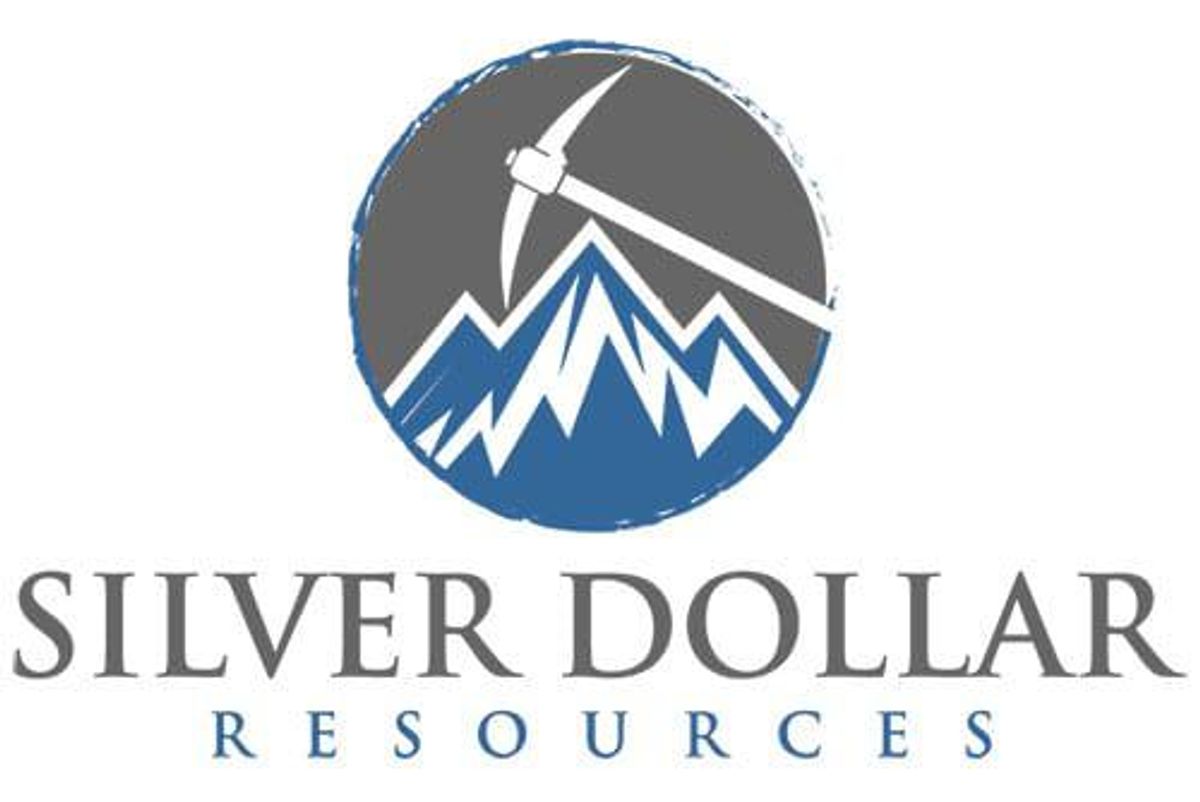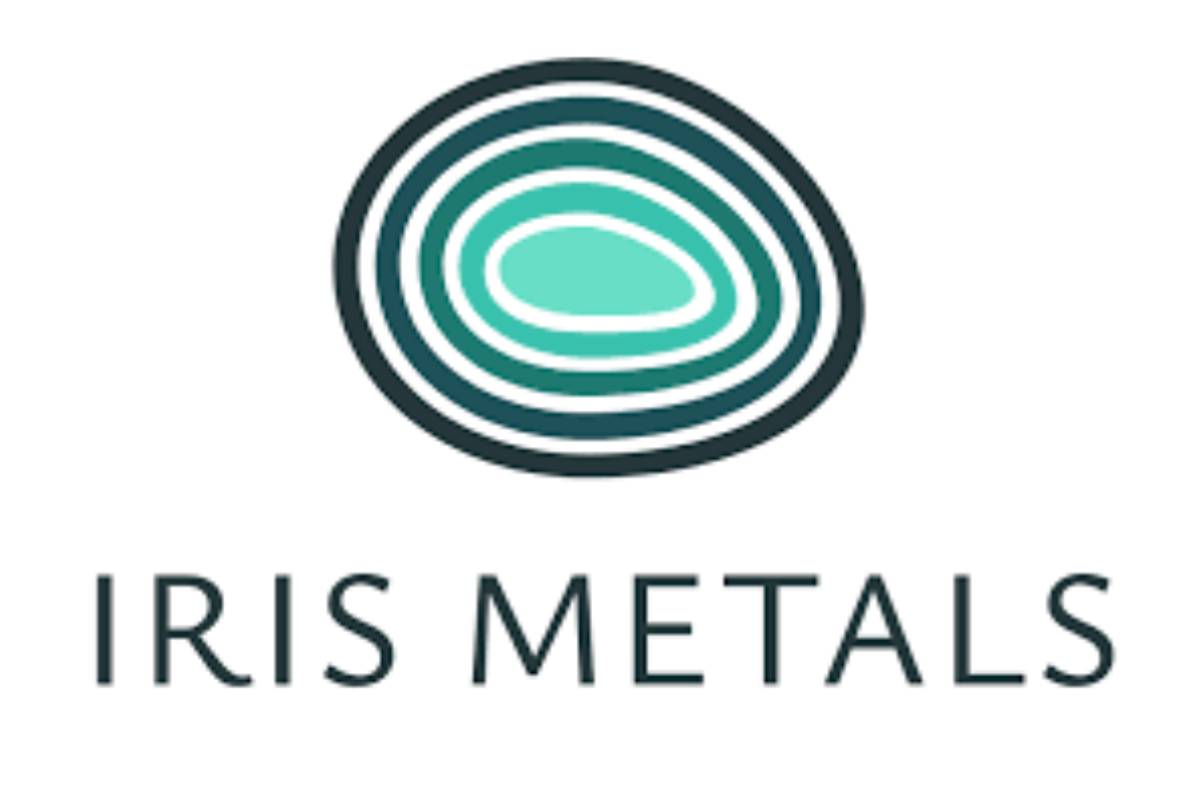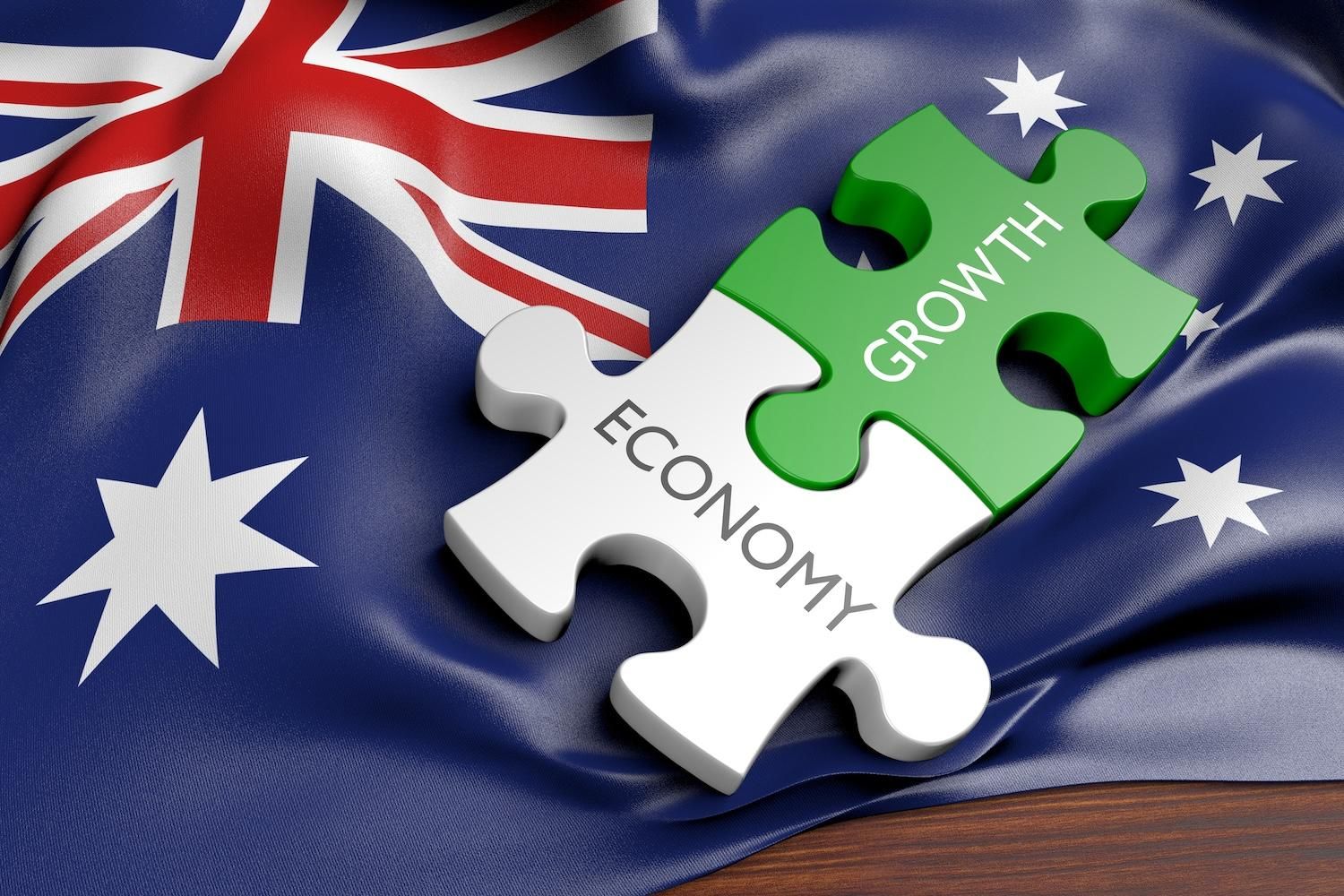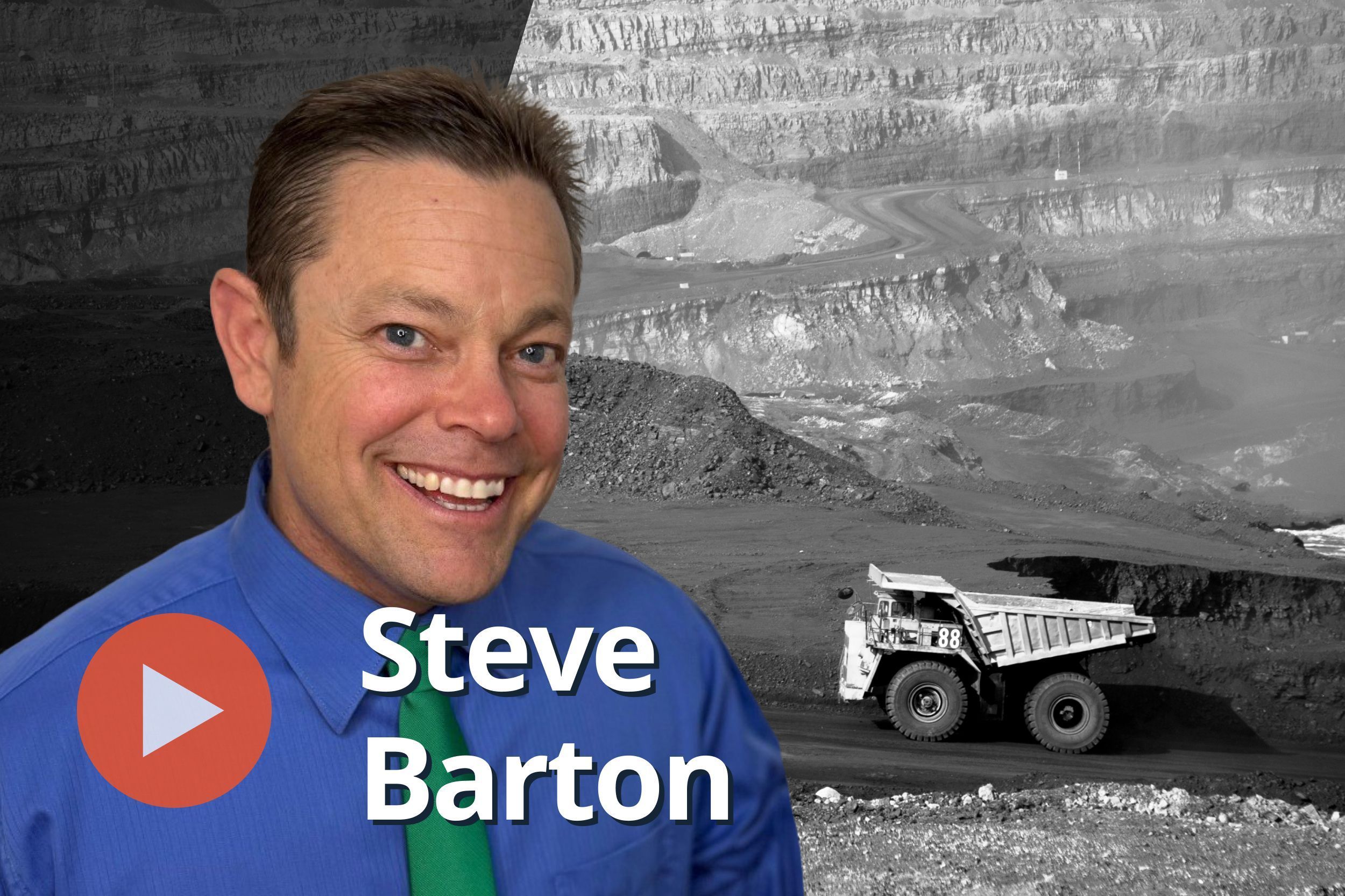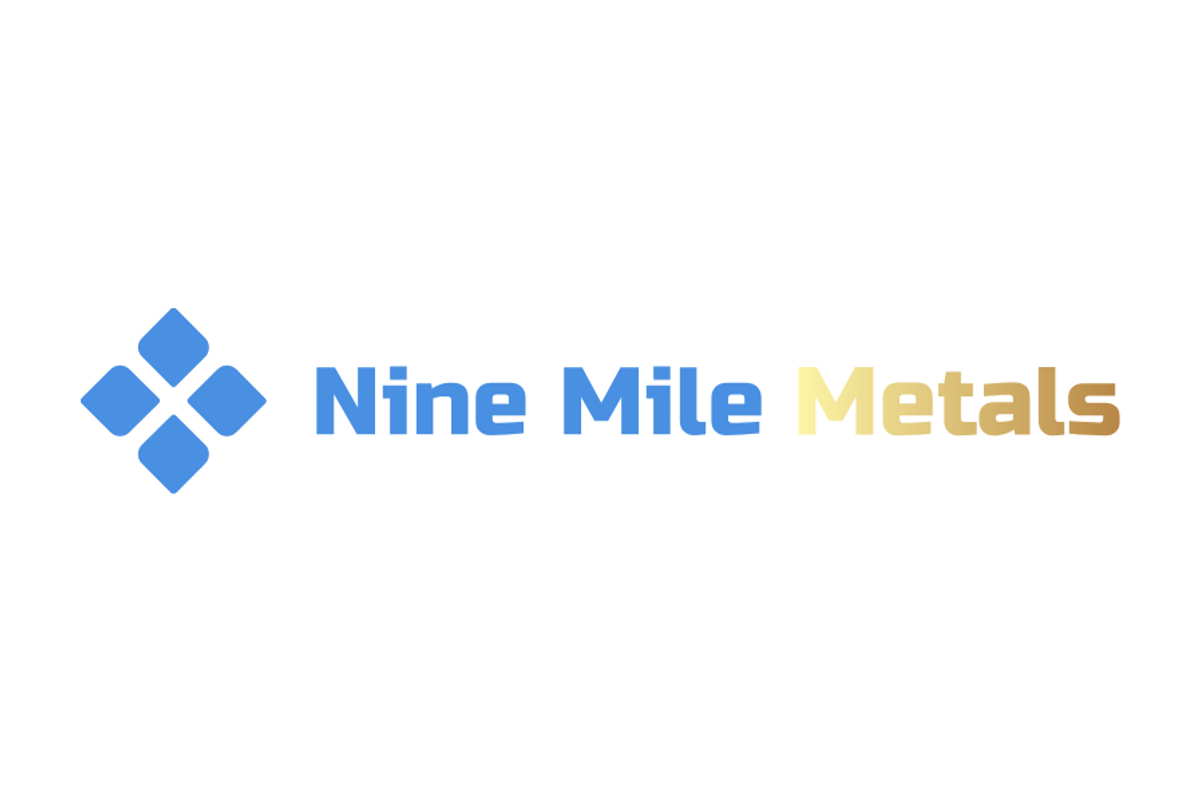
June 18, 2025
NINE MILE METALS LTD (CSE: NINE) (OTCQB: VMSXF) (FSE: KQ9) (the "Company" or "Nine Mile") announces that it has proceeded with its third anniversary payment under its option to Purchase the remaining 50% of the Nine Mile Brook Project, dated November 28th, 2021, (the "Option Agreement") with Fiddlehead Mining Corp. ("Fiddlehead"). On January 17th, 2025, the Company received an extension from Fiddlehead until March 28th, 2025. To maintain the Option, the Company was required to pay $50,000 cash payment and complete $150,000 work in expenditures by the anniversary date. The company has successfully negotiated the cash payment and issued 3,333,333 common shares as payment, at a deemed price of $0.015. In addition, Fiddlehead has agreed to add the annual $150,000 minimum work expenditure commitment to the 4th year requirements.
This successfully allows Nine Mile Metals to keep the Option Agreement in Good Standing and pursue its priority exploration of the Flagship Nine Mile Brook VMS Project and its goal to discover additional High Grade VMS Len's.
The Nine Mile Brook Project consists of 50.02 square kms over 229 mining claims, 10kms west of the World-Famous Brunswick #12 Mine. Below is a summary of the 2022 Drill Program Certified Assay Results, previously announced, displaying the exceptional grades of the Nine Mile Brook Lens. (see Table 1 below)
Table 1: Nine Mile Brook VMS Lens Drill Program Certified Assay Results
To view an enhanced version of this graphic, please visit:
https://images.newsfilecorp.com/files/7335/255935_b4b2fb843435382c_002full.jpg
To view an enhanced version of this graphic, please visit:
https://images.newsfilecorp.com/files/7335/255935_b4b2fb843435382c_003full.jpg
To view an enhanced version of this graphic, please visit:
https://images.newsfilecorp.com/files/7335/255935_b4b2fb843435382c_004full.jpg
To view an enhanced version of this graphic, please visit:
https://images.newsfilecorp.com/files/7335/255935_b4b2fb843435382c_005full.jpg
Drill Certified Assays:
(Sample #683512) 18.30 % Cu, 0.40 % Pb, 0.17 % Zn, 119 g/t Ag, 0.84 g/t Au)
(Sample #683542) 15.42% Cu, 2.45% Pb, 2.03% Zn, 173 g/t Ag, 1.05 g/t Au)
(Sample #683534) 16.85% Cu, 0.98% Pb, 0.57% Zn, 125 g/t Ag, 1.13 g/t Au)
"The team is looking forward to returning to Nine Mile Brook in Fall of 2025. With abundant geophysical targets already defined, drill hole selection involves the integration of our extensive datasets including the UAV magnetics, I.P. and Borehole electromagnetics (BHEM) and previous drill hole data, into a 3D model to best leverage the information. The Bathurst Mining Camp is structurally complex and having less than 1% outcrop, the team is committed to following the science and in particular, the advanced geophysics to guide us to success," stated Gary Lohman, VPX & Director.
To view an enhanced version of this graphic, please visit:
https://images.newsfilecorp.com/files/7335/255935_b4b2fb843435382c_006full.jpg
About Nine Mile Metals Ltd.:
Nine Mile Metals Ltd. is a Canadian public mineral exploration company focused on Critical Minerals Exploration (CME) VMS (Cu, Pb, Zn, Ag and Au) exploration in the world-famous Bathurst Mining Camp, New Brunswick, Canada. The Company's primary business objective is to explore its four VMS Projects: Nine Mile Brook VMS; California Lake VMS; Canoe Landing Lake (East-West) VMS and the Wedge VMS Projects. The Company is focused on Critical Minerals Exploration (CME), positioning for the boom in EV and green technologies requiring Copper, Silver, Lead and Zinc with a hedge with Gold.
ON BEHALF OF NINE MILE METALS LTD.
"Patrick J. Cruickshank, MBA"
Chief Executive Officer and Director
info@ninemilemetals.com
"Jonathan Holmes"
Director
jonathan@ninemilemetals.com
The disclosure of technical information in this news release has been prepared in accordance with Canadian regulatory requirements as set out in National Instrument 43-101 — Standards of Disclosure for Mineral Projects ("NI 43-101") and reviewed and approved by Gary Lohman, B.Sc., P. Geo., VP Exploration and Director who acts as the Company's Qualified Person and is not independent of the Company.
Forward-Looking Information:
This press release may include forward-looking information within the meaning of Canadian securities legislation, concerning the business of Nine Mile. Forward-looking information is based on certain key expectations and assumptions made by the management of Nine Mile. In some cases, you can identify forward-looking statements by the use of words such as "will," "may," "would," "expect," "intend," "plan," "seek, "anticipate," "believe," "estimate," "predict," "potential," "continue," "likely," "could" and variations of these terms and similar expressions, or the negative of these terms or similar expressions. Although Nine Mile believes that the expectations and assumptions on which such forward-looking information is based are reasonable, undue reliance should not be placed on the forward-looking information because Nine Mile can give no assurance that they will prove to be correct.
The Canadian Securities Exchange (CSE) has not reviewed and does not accept responsibility for the adequacy or the accuracy of the contents of this release.

Sign up to get your FREE
Silver Dollar Resources Investor Kit
and hear about exciting investment opportunities.
- Corporate info
- Insights
- Growth strategies
- Upcoming projects
GET YOUR FREE INVESTOR KIT
The Conversation (0)
18 December
Silver Dollar Resources
Advancing high-grade silver-gold assets in Mexico’s Durango-Zacatecas silver belt
Advancing high-grade silver-gold assets in Mexico’s Durango-Zacatecas silver belt Keep Reading...
18 December
Iris Secures Right to High-grade Tungsten Project, Montana USA and Update on Capital Raising
IRIS Metals Limited (ASX: IR1, “IRIS” or “the Company”) is pleased to announce it has executed a binding Heads of Agreement (HOA) with Finley Mining Inc for the exclusive right to farm-in to the Finley Basin Tungsten Project (Tungsten Project) located in Granite County, Montana, USA. This... Keep Reading...
16 December
Mark These Tax-loss Selling Dates on Your Calendar
As the end of 2025 nears, investors may want to consider how they can use tax-loss selling to their benefit.Buying stocks low and selling them high is ideal, but sometimes investments go sour. In such cases, all hope is not lost — at the end of the year, investors can sell investments that... Keep Reading...
01 December
Australia Minerals Council Blasts EPBC Bill’s Lack of Environment and Mining Balance
“The deal between the Federal Government and the Greens to pass the Environment Protection Reform Bill 2025 and related bills is an inferior and disappointing outcome which fails to strike the right balance between protecting Australia’s unique environment while enabling responsible and... Keep Reading...
28 November
Completion of the Acquisition of the Webbs Consol Silver Project
Rapid Critical Metals Limited (‘Rapid,’ ‘RCM’ or ‘Company’) is pleased to announce that it has completed the acquisition of the Webbs Consol Silver Project (Webbs Consol) in northeast New South Wales, comprising EL 8933 and EL 9454 from Lode Resources Limited (ASX: LDR) (Lode Resources). The... Keep Reading...
19 November
Red Mountain Mining Successfully Lists on the US Stock Market with a Strong Trading Debut Up 36%
Red Mountain Mining Limited (ASX: RMX, US CODE: RMXFF, or “Company”), a Critical Minerals exploration and development company with a growing portfolio in Tier-1 Mining Districts in the United States and Australia, is pleased to announce that RMXFF successfully commenced trading on the OTCQB this... Keep Reading...
18 November
Steve Barton: Mining Stocks — How I Pick Winners, When to Buy and Sell
Steve Barton, host of In It To Win It, shares how he picks mining stocks, running through his initial screening process for companies, as well as the questions he asks CEOs.He also explains how he decides when to buy and when to sell.Don't forget to follow us @INN_Resource for real-time... Keep Reading...
Latest News

Sign up to get your FREE
Silver Dollar Resources Investor Kit
and hear about exciting investment opportunities.
- Corporate info
- Insights
- Growth strategies
- Upcoming projects
GET YOUR FREE INVESTOR KIT
Interactive Chart
Latest Press Releases
Related News
TOP STOCKS
American Battery4.030.24
Aion Therapeutic0.10-0.01
Cybin Corp2.140.00





